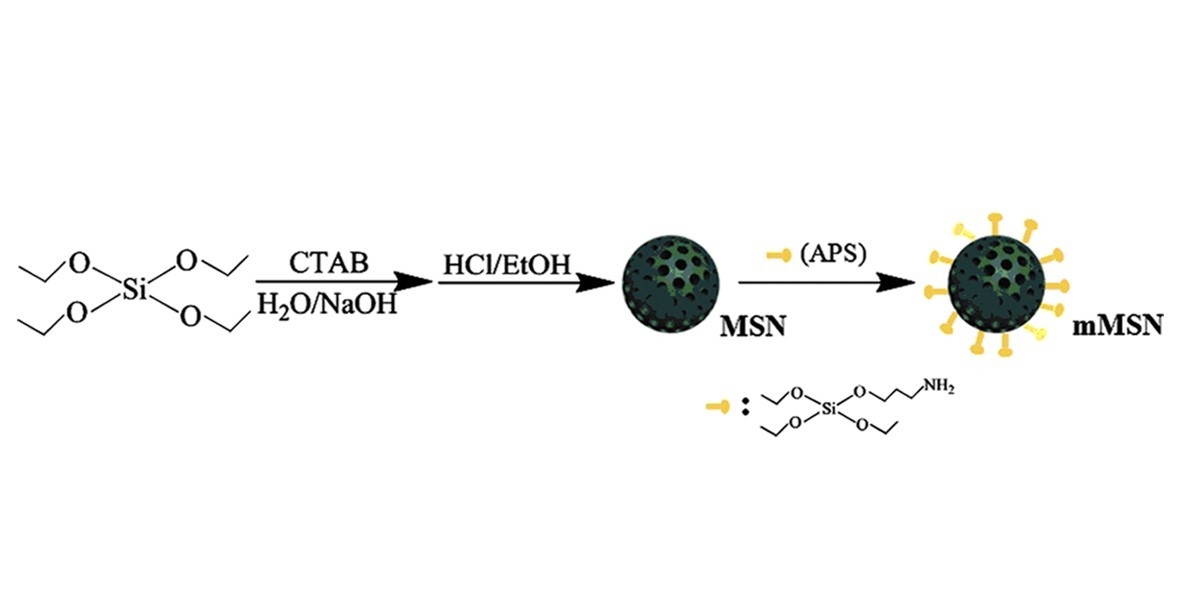Optimizing Polyamide Thin Film Composite Membrane Covalently Bonded with Modified Mesoporous Silica Nanoparticles
Abstract
Novel modified mesoporous silica nanoparticles (mMSN)/polyamide (PA) thin film nanocomposite (TFN) membranes were prepared via interfacial polymerization of trimesoyl chloride (TMC) and piperazine (PIP). Mesoporous silica nanoparticles were functionalized with amino groups and introduced into PIP aqueous phase. Therefore, reaction between mMSN and TMC would occur during interfacial polymerization, giving rise to a covalent bonding between silica nanoparticles and active layer of TFN membrane. By adding an appropriate concentration of mMSN into aqueous phase (0.03 wt%), the pure water flux of the mMSN/PA TFN membrane reaches to a maximum of 32.4 L/m2 h which is almost 1.5 times as high as that of TFC membrane, while the rejection to Na2SO4 of TFN membrane keeps at a relative high level (>80%). Two unique properties of mMSN were favorable for the membrane performance: mesoporous structure for water transport and functional groups for better interaction with polymer matrix. The obtained membrane exhibited a promoted anti-fouling ability as well as a good long-term stability. The effect of the mesopore structures of silica nanoparticles on the membrane performance was also investigated. Modified mesoporous silica nanopraticles with proper pore size was more suitable for the optimization of PA TFN membrane.

<<全文链接>>

